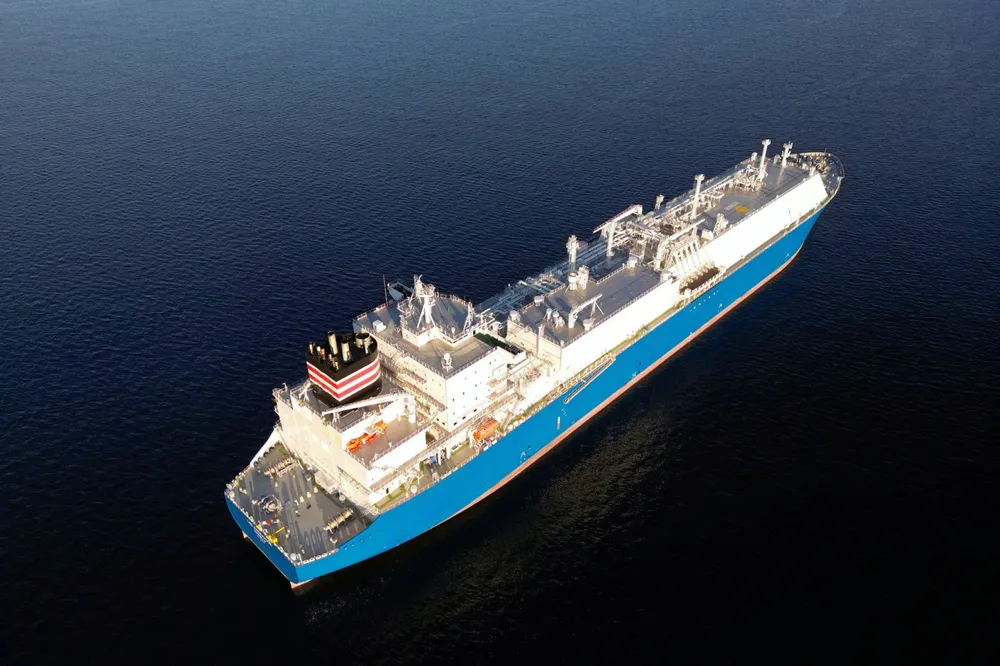Methanol, ammonia and hydrogen are 'not viable' marine fuels in the short term: lobby group
SEA-LNG argues that liquefied natural gas presents a faster route to reduce emissions

SEA-LNG argues that liquefied natural gas presents a faster route to reduce emissions
